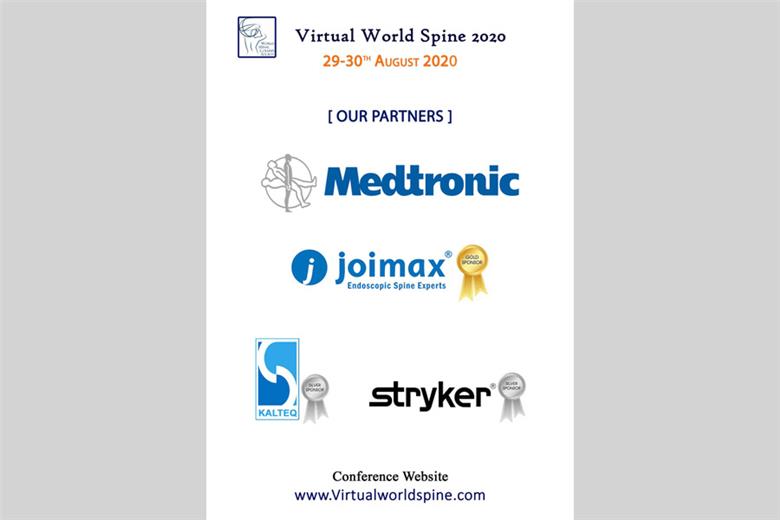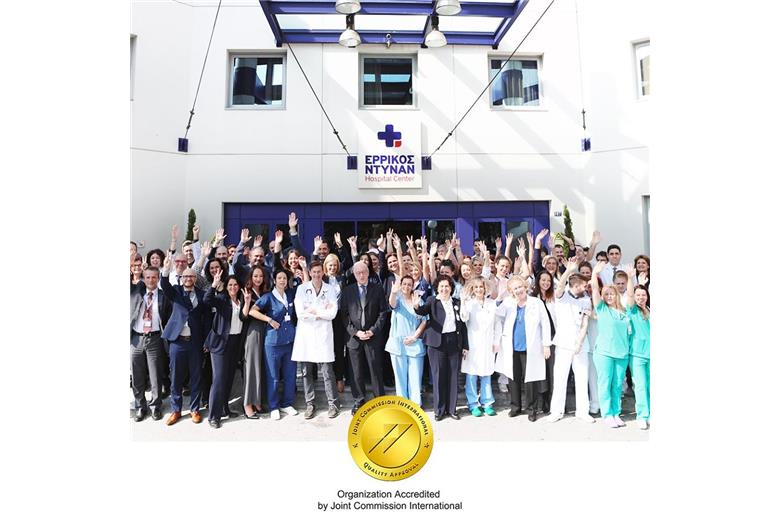The spinal column contains open spaces that create passageways for the spinal cord and the spinal nerves. Spinal stenosis is a narrowing of (or an intrusion into) these openings. This can cause a compression of the nerves. Spinal stenosis most commonly affects the cervical and lumbar regions of the spine.
Spinal Stenosis
What is spinal stenosis?
Spinal Stenosis is decribed as the narrowing of the channels of the spine. That causes the nerve roots travelling through those channels to get increasingly squeezed and compressed. Along with that comes severe pain to multiple parts of the body such as lower back, neck, legs, arms or hands, depending on the position of the compressed roots.
What are the characteristics of the two types of Spinal Stenosis?
There are two types of spinal stenosis. The first is called Lumbar Spinal Stenosis and it is in the lower back. The second is in the neck and it is called Cervical Spinal Stenosis. The latter is more common to older people since it is mostly the result of growing older. Cervical Spinal Stenosis generally appears in the fifth decade of human life. It extends to all other subsequent ages which are characterized by a gradual decrease of physical activity and a tendency to lean forward (while standing or walking). That is also known as kyphosis.
What are the symptoms of the two types of spinal stenosis?
Some common symptoms of lumbar spinal stenosis are: numbness, pain or cramping in the legs, weakness or tingling in the legs or feet and problems with bladder or bowel movements which might lead to incontinence in severe cases.
On the other hand, some of the symptoms of cervical spinal stenosis are: pain in the neck or shoulders, numbness or muscle weakness, headaches, clumsiness, loss of balance. The symptoms may last from a short period of time to possibly becoming a chronic disease ranging from mild to severe.



